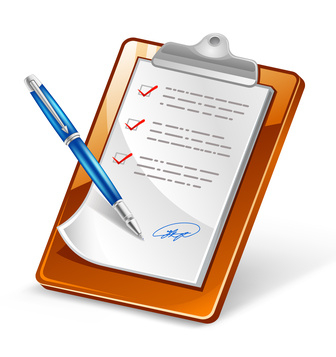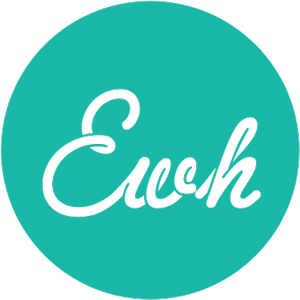
The Series Series, Part 4: Continuity
Despite scrupulous editing, some of the most successful series of all time feature notable inconsistencies. For example, in Eragon, book one of Christopher Paolini’s Inheritance Cycle, the character of Murtagh has brown hair – but in Eldest and Brisingr, he has black hair. J.K. Rowling is the first to admit to the many discrepancies in time and other elements in her Harry Potter books – the result of writing under the intense pressure of deadlines, and often corrected in subsequent printings. The Twilight Saga suffers from similar contradictions and logic problems. From all this we might infer that consistency is not essential when it comes to writing a series, but in fact a really crackerjack series depends upon it.
So what are some ways to track character, setting, plot details or consistency of voice?
One useful tool for continuity of characters is the character file, or worksheet. Whether physical (a folder full of notes, or certain pages from the manuscript with key details highlighted, for instance) or digital (a spreadsheet or questionnaire), here are some details worth keeping track of:
- Character Name
- Age (relative to time period of story)
- Nationality
- Gender
- Race
- Eye Color (Glasses?)
- Hair – Color, Style, thick/fine, straight/curly, long/short/bald, etc.
- Build – Height, Weight, Body Type/Shape
- Complexion
- Style of Dress
- Distinguishing Marks / Physical Features – scars, moles, etc.
- Characteristics / Mannerisms
- Speaking Voice – Vocabulary, Accent
- Personality
- Strengths
- Weaknesses
- Back Story
- Family background – Parents? Siblings?
- Key Relationships – Married, single, divorced, significant other? Children?
- Home / Hometown
- Education
- Hobbies, interests, activities
- Job(s) / Occupation
- Religion/Philosophy
- Fears
- Loves
- Frustrations
- Habits
- Character Flaws
- Other notable details – Car? Pets? Possessions? Influences?
- Role in the story (protagonist, antagonist, instigator, love interest, foil, etc.)
- What does s/he want?
- What’s in his/her way? What’s the problem?
- What compounds the problem / raises the stakes?
- How does s/he go about getting what s/he wants?
- How does s/he change or what does s/he learn by the end?
In the Children’s Book Hub, there are character worksheets incorporating all these elements that can be downloaded in pdf or .doc form, but you can also build your own in any spreadsheet or word processing program by copying and pasting in the details above and/or incorporating your own.
In the next post, I’ll discuss tools for tracking setting and plot details.
